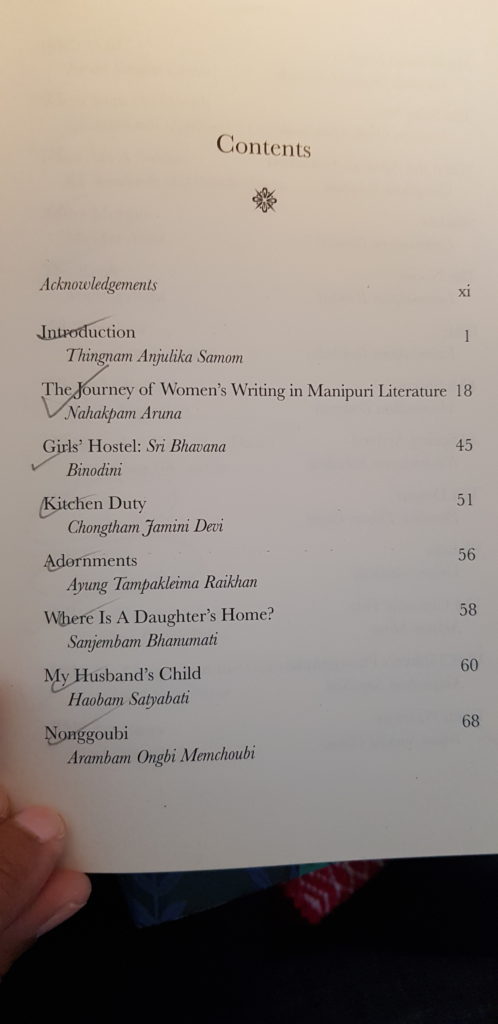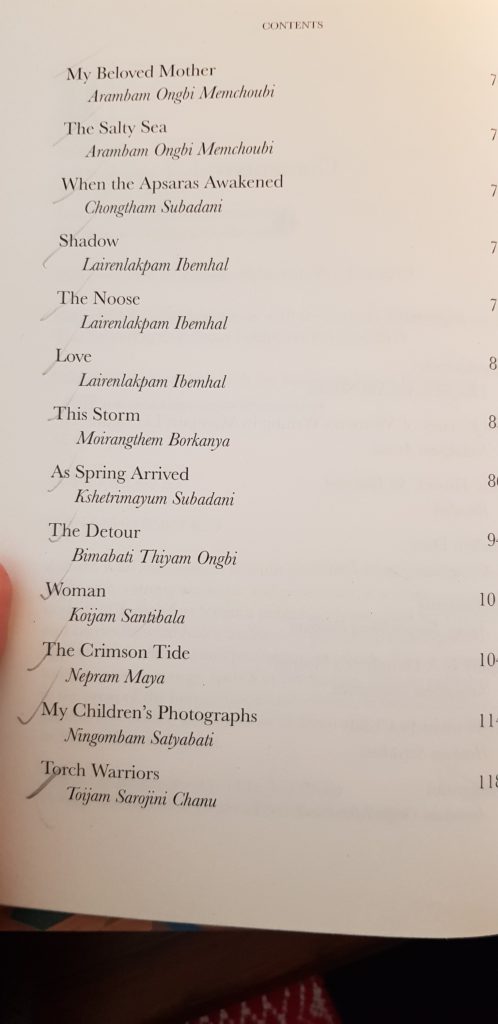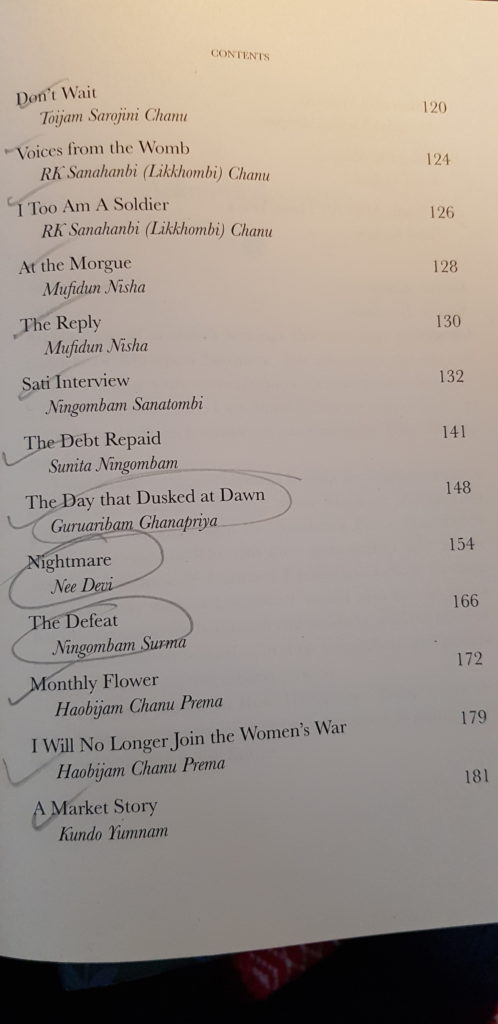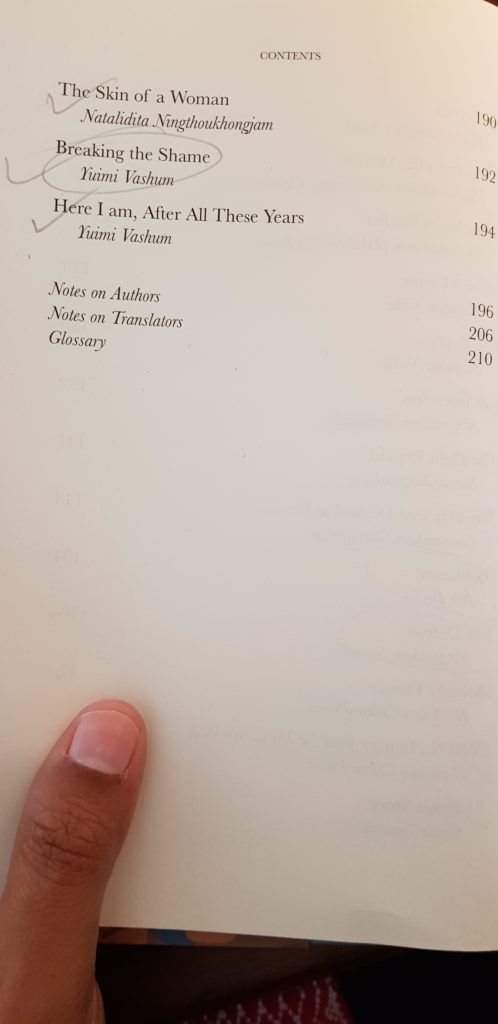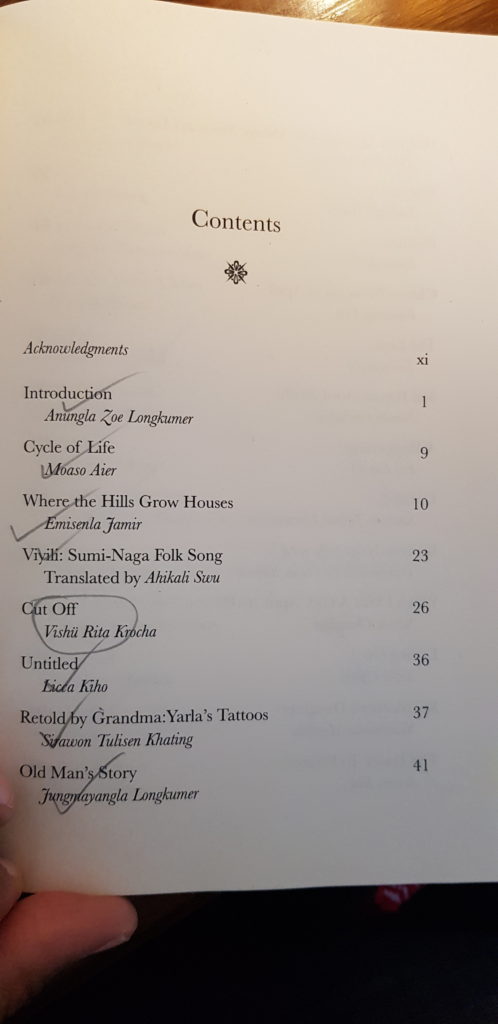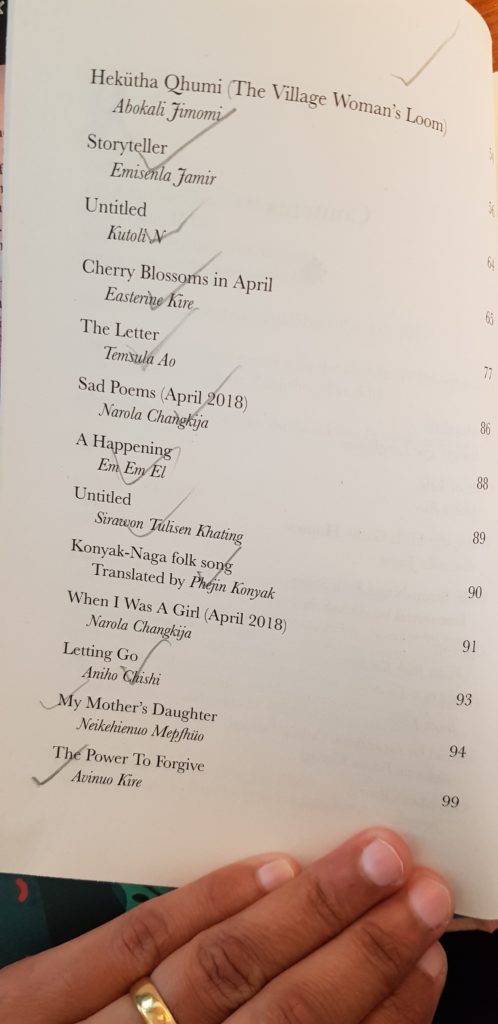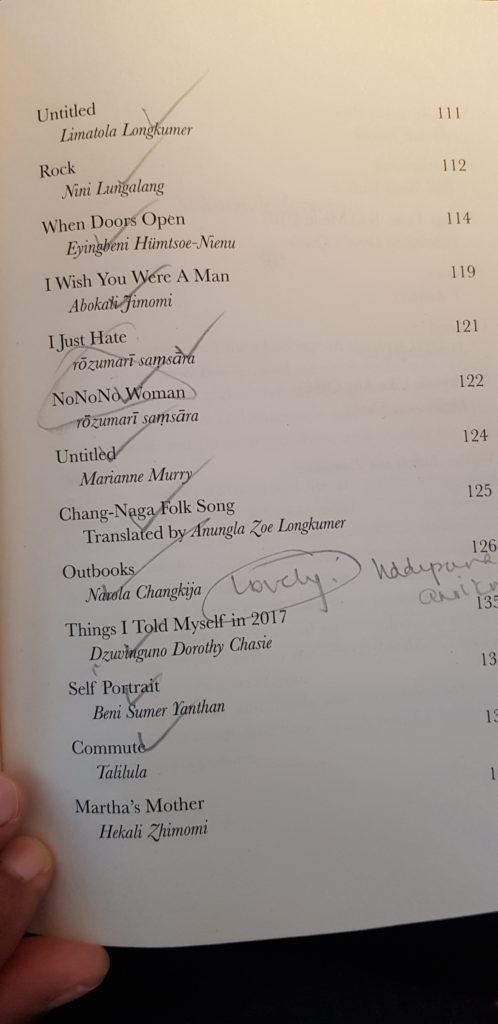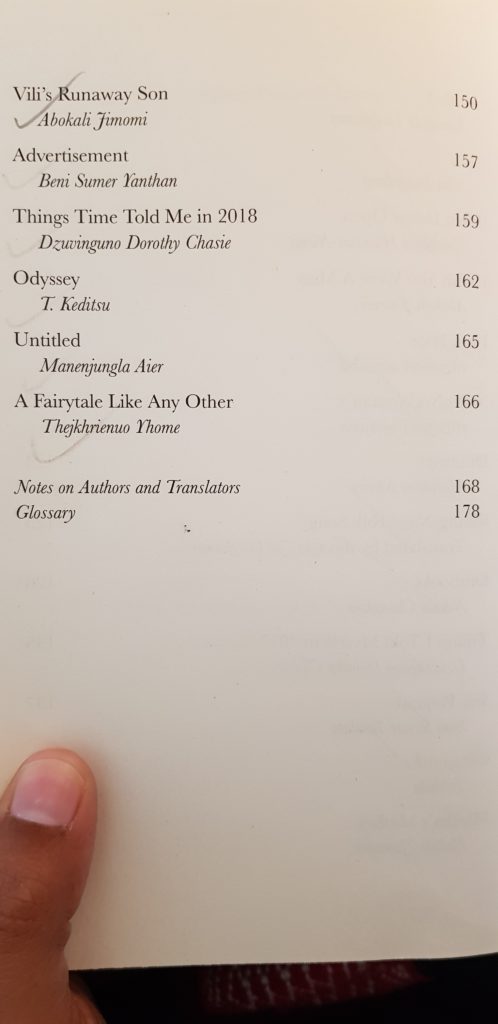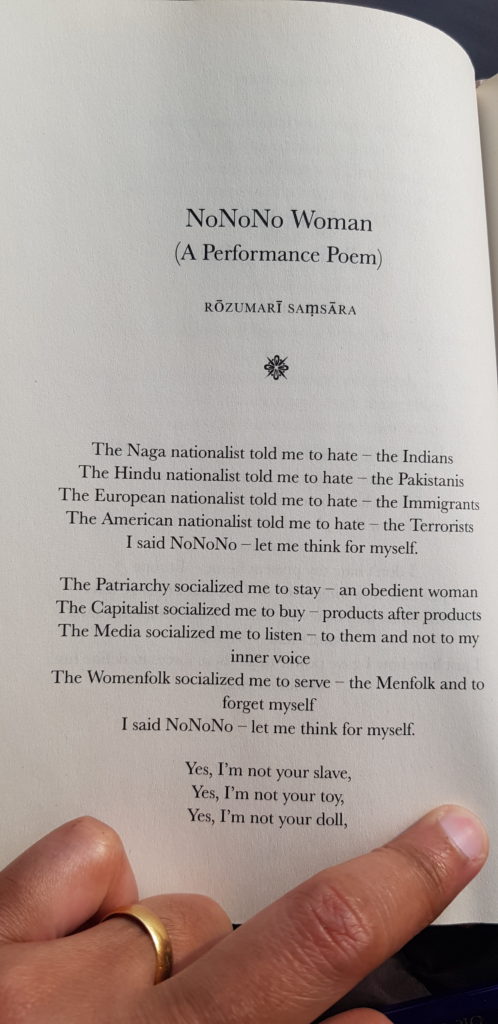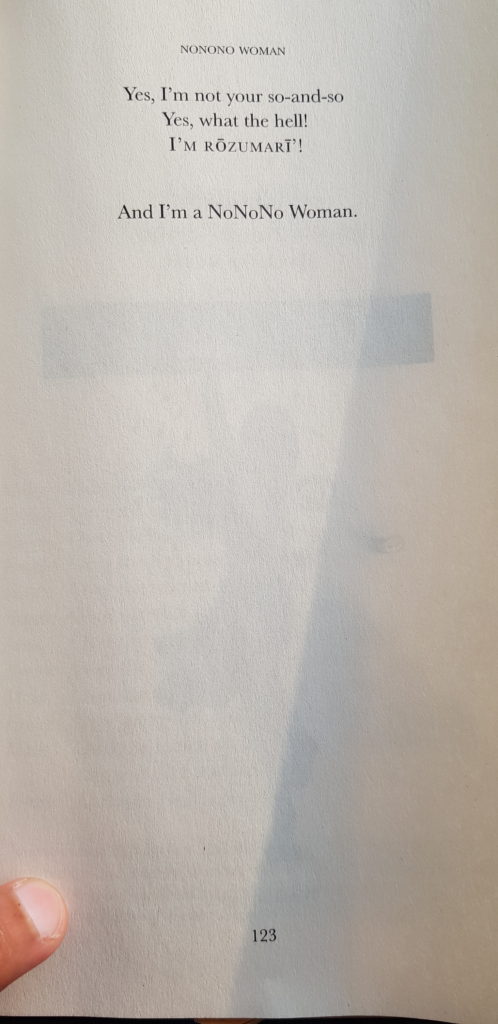Women writers from North East India
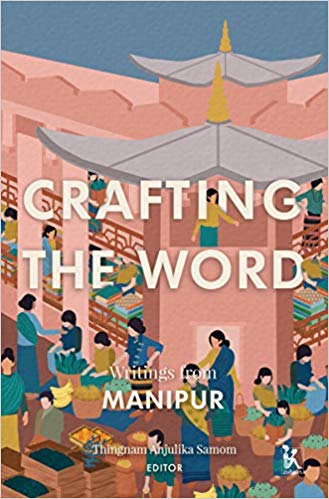
Writing from the north east of India has always had an interesting texture to it. It is distinct. Although the “north east” is clubbed as one region, the variations that exist in the seven states constituting this region are mind-boggling. Much of the writing that is available from this region is a combination of original writing in English and some in translation. Unlike writing in other parts of the Indian subcontinent where there are very distinct literary traditions in the regional languages and those who opt to write in English, this is not always true for the writing emanating from North East India. To illustrate. Writing in other Indian regional languages has a very distinct local cultural feel to it with preoccupations that are understandably of the region. Also the writing is very clear about the local literary traditions. So much of this gets translated as is in to English. When some of these regional writers opt to write in English then they infuse some of their writing with a regional flavour but only mildly so. This is where the differences creep in with the Indian writing in English emulating more of the rules and traditions of the borrowed English literary traditions rather than being confident of their own traditions infusing the English space. Interestingly these distinctions are not visible in these two marvellous collections of writings — The Many That I Am: Writings from Nagaland (Ed. Anungla Zoe Longkumar) and Crafting the Word: Writings from Manipur (Ed. Thingnam Anjulika Samom). These are collections of writings — fiction, essays, poems, illustrations, comic strip — by women from the north east of India. It is not possible to gauge from the tenor of writing which of the contributions is a translation or an original article in English. All the contributions, irrespective of whether a translation or written originally in English, focus upon their local landscape and culture. There is a calm confidence about narrating incidents of the transformation of their society from tribal customs such as head-hunting to becoming Baptists as in The Many That I Am. (“Cut off” by Vishu Rita Krocha) The volume of writings from Manipur throws the spotlight on recent decades of activism by women and many of them being at the forefront of the armed conflict that has plagued the state. The nature of contributions in Crafting the Word is a little more languid and gentler as compared to The Many That I Am which is puzzling; given that Crafting the Word arose out a women’s literary group called Leikol founded in 2001 and so had more time to hone their writing skills. Be that as it may, there is a quiet maturity to the style of writing even if it is not at par with the punchiness seen in most of the pieces included in The Many That I Am.
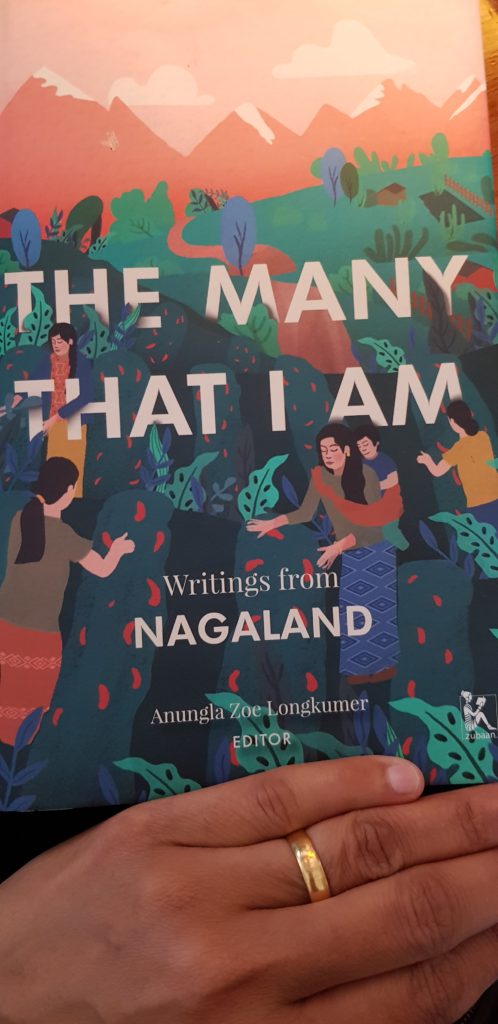
Zubaan is a legendary feminist press. It is known for its fundamental work on literature by women. Sometimes the contribution of women is expressed in myriad ways. Fiction is a powerful literary form to highlight the position of women and to express their innermost feelings. Many of the stories included in these two volumes achieve this beautifully. The hard labour that women put in to keep their households going as in “Vili’s Runaway Son” by Abokali Jimomi, “Martha’s Mother” by Hekali Zhimomi, and “As Spring Arrived” by Kshetrimayum Subadani ( Translated from Manipuri by Sapam Sweetie) and in many cases helping the next generation fulfil their dreams as in “My Mother’s Daughter” by Neikehienuo Mepfhuo. The essays in these volumes vary from memoirs to fascinating account of the flourishing of women’s writing in Manipur ( “The Journey of Women’s Writing in Manipuri Literature” by Nahakpam Aruna) to how readers access literature — the “outbooks” or the books apart from the Bible and the school textbooks, in a lovely essay by Narola Changkija ( “Outbooks: A Personal Essay, September 2018). An essay in which she reflects upon how her mother banned all outbooks in the home but her father, a police officer, on his travels would fulful his daughter’s wish and buy her the books she desired.
What matters is that his reverence for the written word was catholic, in the very best sense of the term. Literary or pulp fiction, any ‘outbook’ was evaluated and read and appreciated for its unique self. I like to think I have, finally, developed a similar catholic patience towards books, and life, and other human beings. At least, I hope I’ve learned how to value the things worth valuing and let the rest be.
Another one is a poem “Secret Library” by Dzuvinguno Dorothy Chase in a section entitled “What Time Told Me in 2018”.
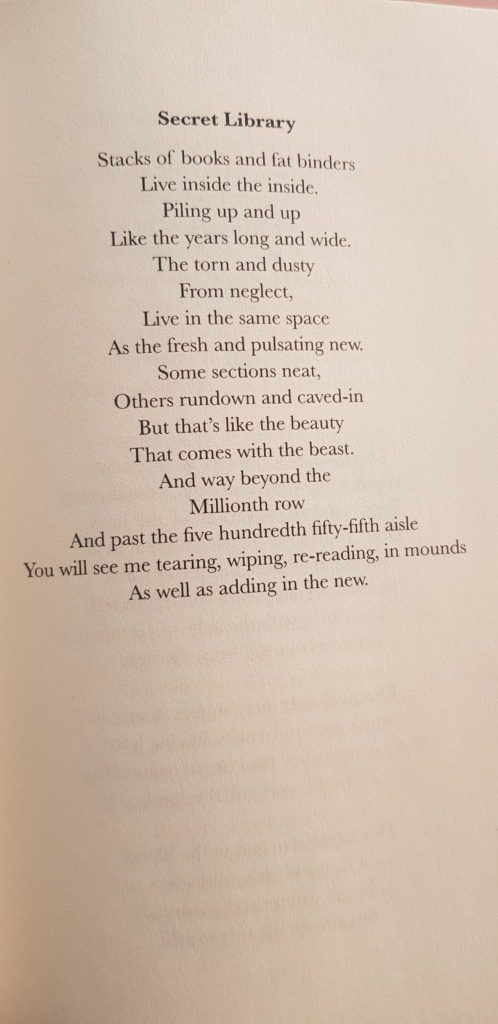
The Many That I Am is a very powerful collection. It is best read from cover to cover. Impossible to dip in to without wanting to read one more and one more and one more. Here is an example of a performance poem. Timely words. Much to dissect here. Perhaps best left as is to be read, to reflect, to share and to perform widely.
It is challenging to succintly conclude about the magnificently magical power that lies within these two collections. It creeps upon the reader to leave a delicious sense of sisterhood and belonging, an empowering feeling to know that one is not alone in the daily grind of being a woman in a society still governed and defined by patriarchal norms. It is a fantastic feeling to come to the last page of the book and discover the comic strip shown. The joy of finding in pictures the exhilarating feeling of surmouning all those metaphorical mountains and emotional claptrap that is used by many to keep women from achieving.
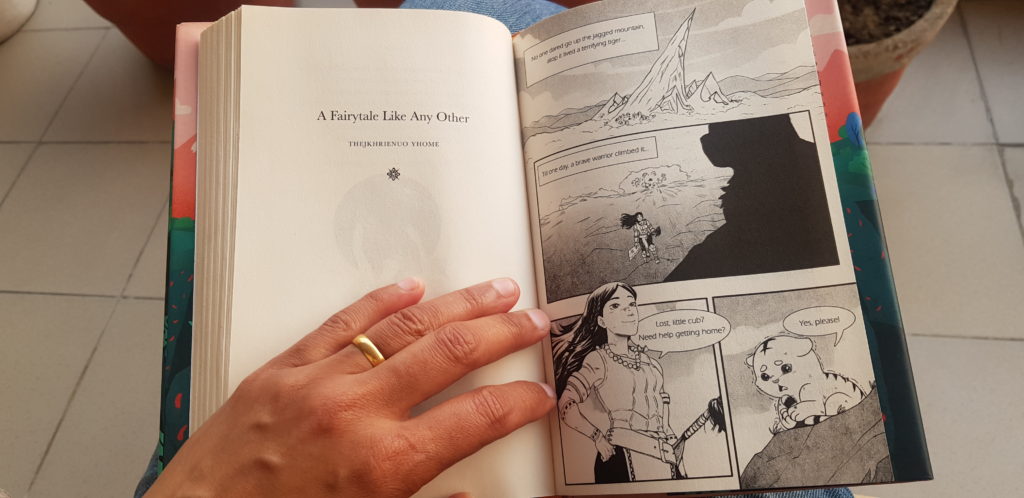
Buy these volumes. Read them. Share them with not just the converted but a wider audience. Appreciate the writings for themselves. The “-isms” will follow, if they have to.
11 February 2020

